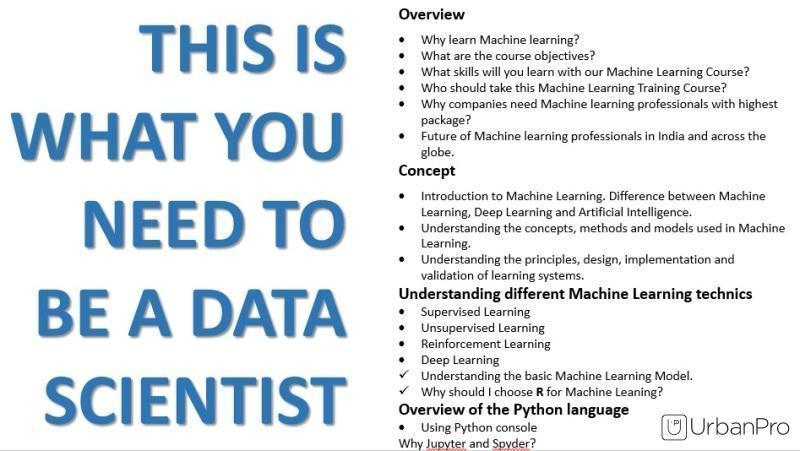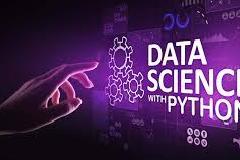-
Conventional ML Models Have Limitations:
- Traditional machine learning models often fail when applied to real-world data in industry settings.
-
Classroom Learning vs. Real-World Scenarios:
- What you learn in the classroom may not be practical when dealing with complex, messy real-world data.
- Basic algorithms may show good results on clean, well-prepared data, but real data is much more challenging.
-
Use a Strategic Approach:
- Start with a realistic dataset, not overly simplified ones.
- Build a complete data flow pipeline to handle data properly.
-
Choose the Right Algorithms:
- Every algorithm works under specific statistical assumptions; learn these assumptions and pick algorithms accordingly.
- Use non-conventional algorithms based on your data’s characteristics.
-
Map Outcomes to Business Needs:
- Ensure that your analysis aligns with business expectations and solves real business problems.
- Analytics is only valuable if it meets the business's goals.
-
Check the Data Size:
- Consider whether your data (e.g., 2000 rows) is sufficient for production models. In most cases, small datasets may not be reliable.
-
Learn from Industry Experts:
- Learn from professionals who work with real-world data to build confidence.
- Just cracking the interview isn’t enough. You need to be able to apply your skills practically to avoid becoming redundant in the industry.












